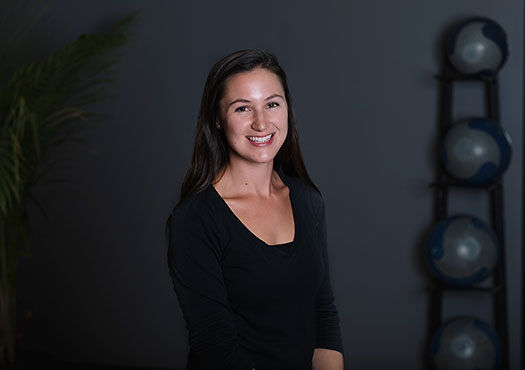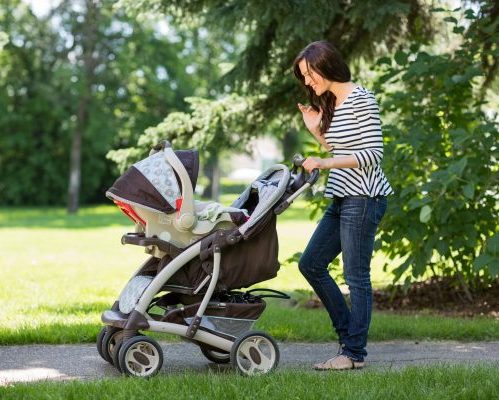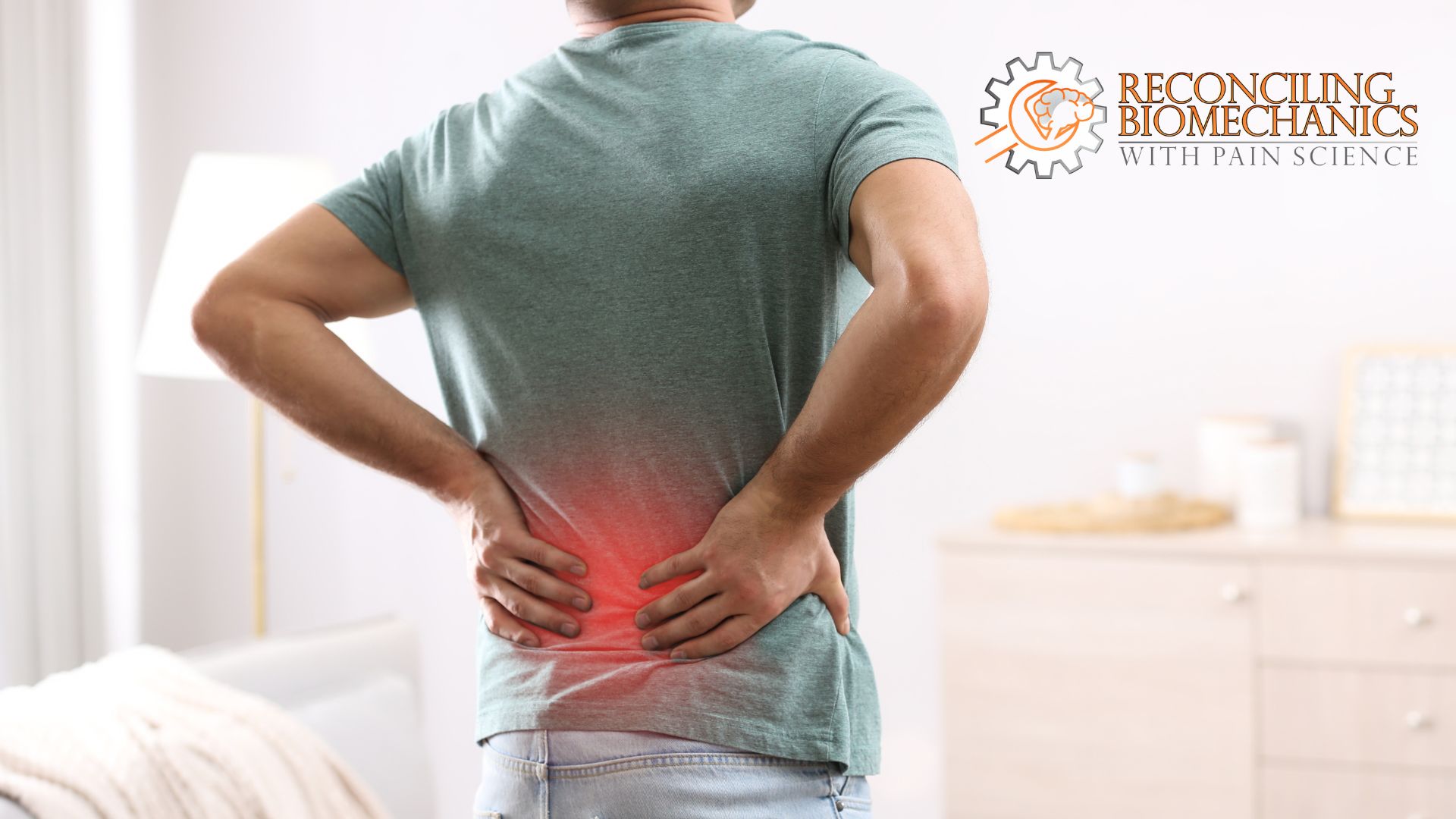With the new school year starting amidst a coronavirus pandemic, many children will be returning to exclusively remote learning or mixed models. This presents families with many new challenges, including trying to create a good ergonomic set up for prolonged hours of school work in the home environment.
Children’s ergonomics recommendations tend to be similar to adults. The only difference is finding equipment that is appropriate for their smaller size, and that also accommodates them as they continue to grow throughout the school year.
Promoting good habits and a proper sitting ergonomics for children completing virtual coursework will help to prevent pain and postural issues from developing down the line. Children are particularly susceptible to changes in spinal alignment as their bones have not yet fused, potentially leading to an increased risk of scoliosis and kyphosis over time.[i]
Children’s Ergonomic Desk and Monitor Selection and Set Up
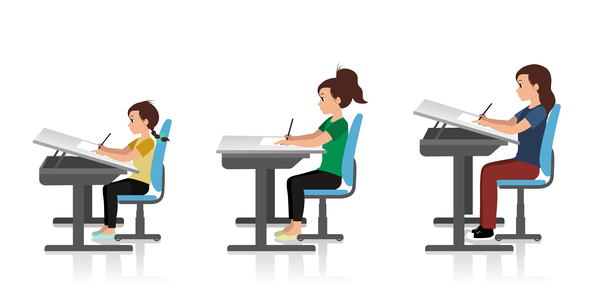
- The desk setup should be supportive while allowing them some flexibility to move around.[ii]
- Elbows should be bent to approximately 90 degrees, with the forearms supported on the desk.
- Wrists should be in a neutral alignment (not bent) on the desk, keyboard, or mouse.
- The laptop or computer monitor should be at eye level and at least arm’s length away, directly in front of them, not off to one side.[iii]
- A desk with different height options allows for flexibility as kids grow throughout their school years.
- Tilting desks allow for improved hand and wrist positioning and prevent the tendency to slouch forward during activities such as viewing content on a screen, drawing, and writing.i
- For typing, the desk should be in the fully flat position.
- If they are going to be typing for an extended amount of time, a raised monitor with an external keyboard will allow for improved positioning and prevent straining of the neck and shoulders.
- Smaller keyboards or computer mice may be needed for small hands.
Children’s Ergonomic Chair Selection and Set Up
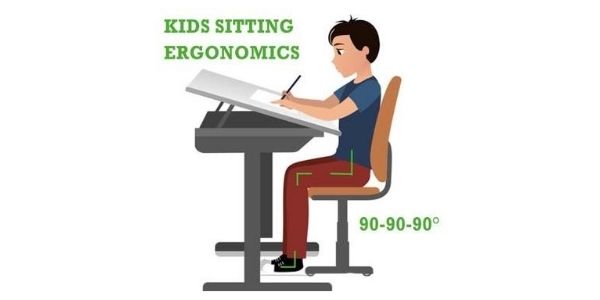
- Hips should be supported at a 90 to 100-degree angle, with the back of knees against the front edge of the chair and both feet flat on the floor.
- They should be able to sit all the way back in the chair with their back supported while allowing their knees to be at a 90-degree angle, if they have to sit forward to bring their knees to the edge of the chair, the chair is too large for them.
- An adjustable chair that can be raised as they grow is a good option.
- The chair can be elevated to reach an appropriate height for their desk and a box or wedge added under their feet to provide support if their feet are unable to reach the floor.
- The backrest should reach approximately their shoulder blades, and provide enough support through the low back to promote an upright sitting posture.ii
- The chair does not need to restrict their legs, it can allow for some movement which helps to activate their core muscles and promotes active sitting, but not so much that it distracts them.
Other Children’s Ergonomics Considerations
Most importantly, kids should be taking movement breaks approximately every 30 minutes!ii Even with the best alignment, repetitive strain injuries and postural dysfunction can occur from prolonged static sitting. We are designed to move!
Remember that virtual learning counts toward screen time and they will also need breaks from the screen to reduce eye strain. See our previous blog post Ergonomic Home Office Set Up Tips which reviews strategies on reducing eye strain.
For children returning to in-class learning, there are additional considerations when choosing an appropriate backpack:
- Backpacks should weigh less than 15% of the child’s body weight (this includes homework, tablet/laptop, lunches, water bottles, and anything else that they need to carry)ii
- The size of the backpack should not exceed the child’s torso length or width (oversized packs tend to lead to over-filling).
- Choose padded shoulder straps and, when possible, a hip strap to distribute the weight.
- Load the backpack with the heaviest items toward the bottom and against their back, and lighter items toward the front of the bag.
- Adjust the shoulder and hip straps so the bag is higher up and sits snug against their back.
Propel Physiotherapy offers both virtual and in-person ergonomic assessments for kids. Let us help you find the optimal desk set up and promote successful learning in this new environment!
Written by


